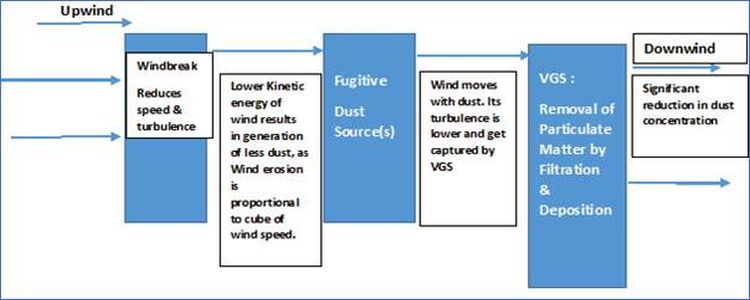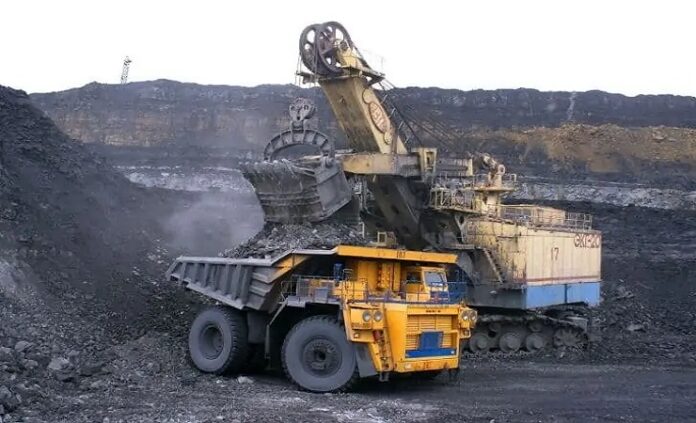Ranchi: The Central Mine Planning and Design Institute Limited (CMPDIL), Ranchi (a consultancy subsidiary of Coal India Limited) has invented a ‘system and method for controlling generation and movement of fugitive dust’ and obtained patent for the same in December, 2022.
The technique patented for the CMPDIL on the serial number 416055, will be of great help to minimize and control the fugitive dust in mining areas.
Also Read: Coal secretary meets Jharkhand officials to scale up coal production
This system can be used in mines, thermal power plants, railway sidings, ports, construction sites wherein coal or other minerals/fugitive materials are stored under open sky. Apart from reducing the dust generation from open sources, it will also provide noise attenuation.
Coal/lignite public sector undertakings (PSUs) under the coal ministry have been consistently striving to produce quality coal in an environmentally responsible manner to meet the country’s energy needs. To prevent or mitigate air pollution caused by coal mining and allied activities, coal/lignite PSUs are adopting various measures. Fugitive dust is a form of particulate matter that contributes to air pollution generated from various sources, which are exposed to air and not discharged into the atmosphere through a confined flow stream.


The present invention relates to the synchronized application of windbreak (WB) and vertical greenery system (VGS) for reducing generation and dispersion of fugitive dust. The WB and VGS are erected in the upwind and downwind direction with respect to the fugitive dust source(s) respectively.
Also Read: Centre launches biggest coal mining auction; 11 states to benefit
The WB reduces the speed of the wind approaching towards the source and hence, it reduces the intensity of the ambient air to pick up dust while blowing over the source. The VGS acts as a filter and reduces the quantity of the residual dust moving along with the wind towards the receptors in the down-wind direction.
Therefore, there is a significant reduction in the concentration of the dust in the ambient air at various receptors located in the down-wind direction. This system has been depicted in the figure below:

Coal dust is the main pollutant in coal mining areas. Such pollutants easily diffuse and are difficult to monitor, which increases the cost of environmental pollution control. There is a great deal of pollution around mines and roads, around which the pollution was more serious. Various factors, such as wind, coal type, and the mining, processing, and transportation modes, affect the distribution of the coal dust pollution.




